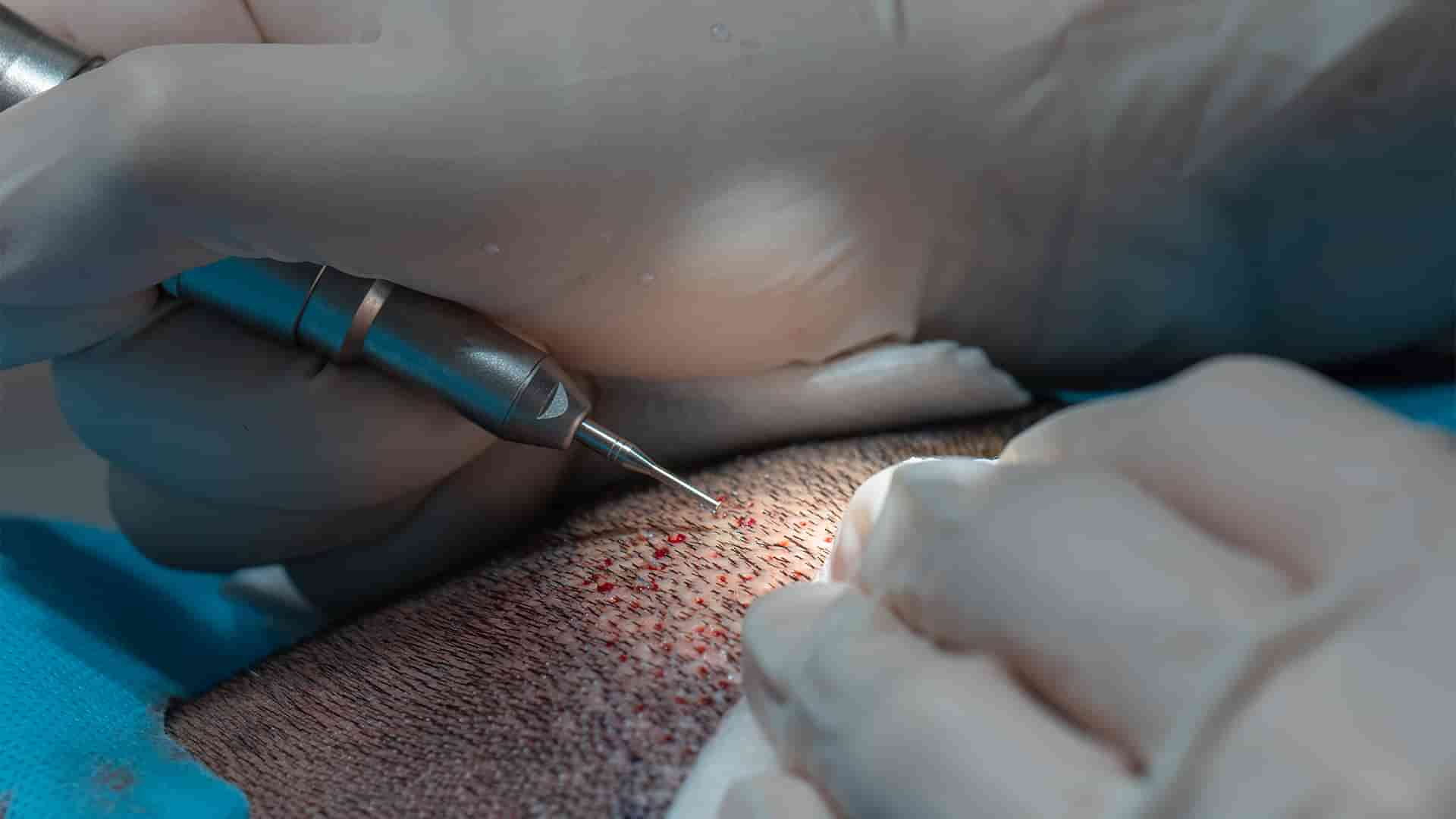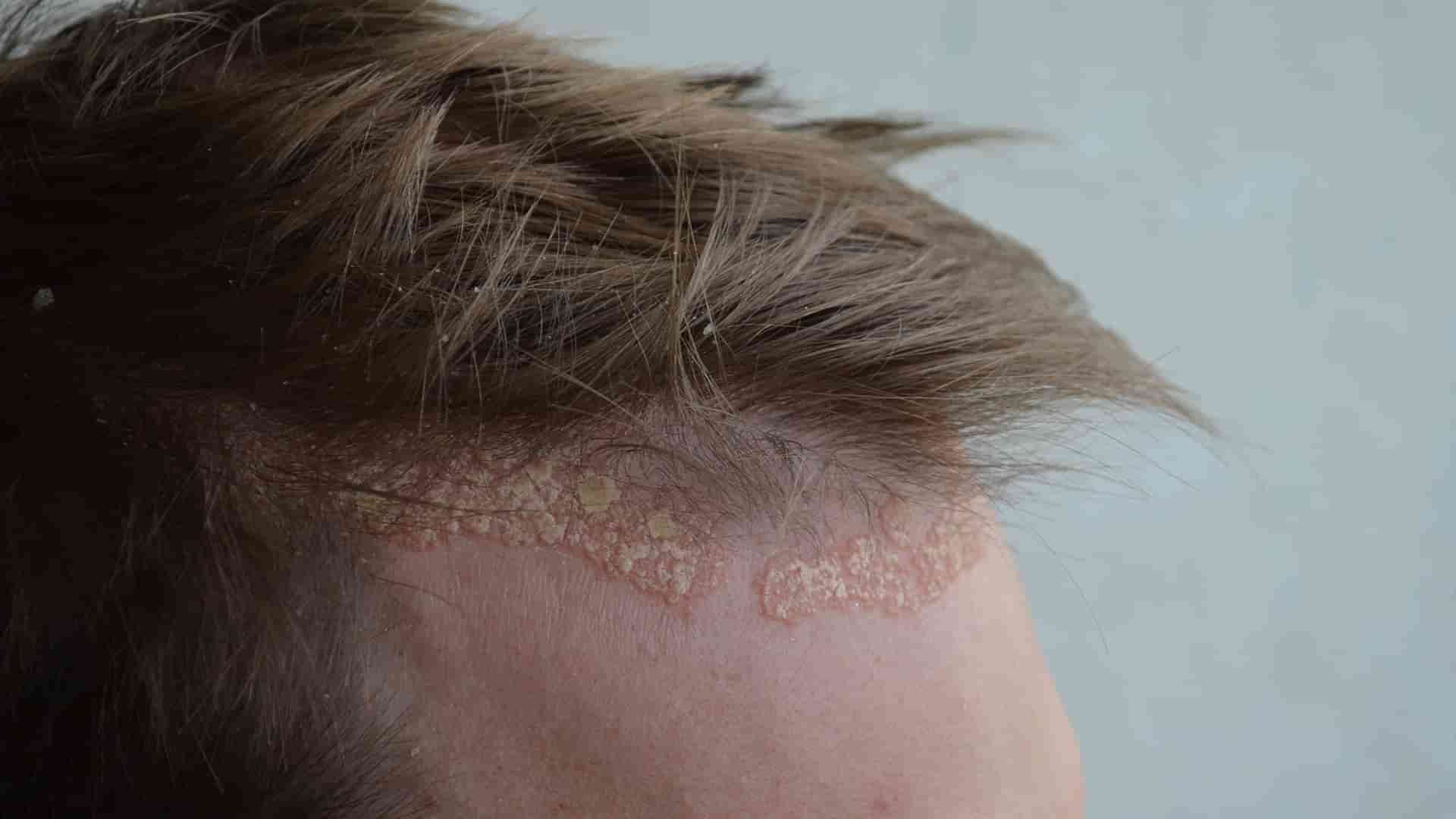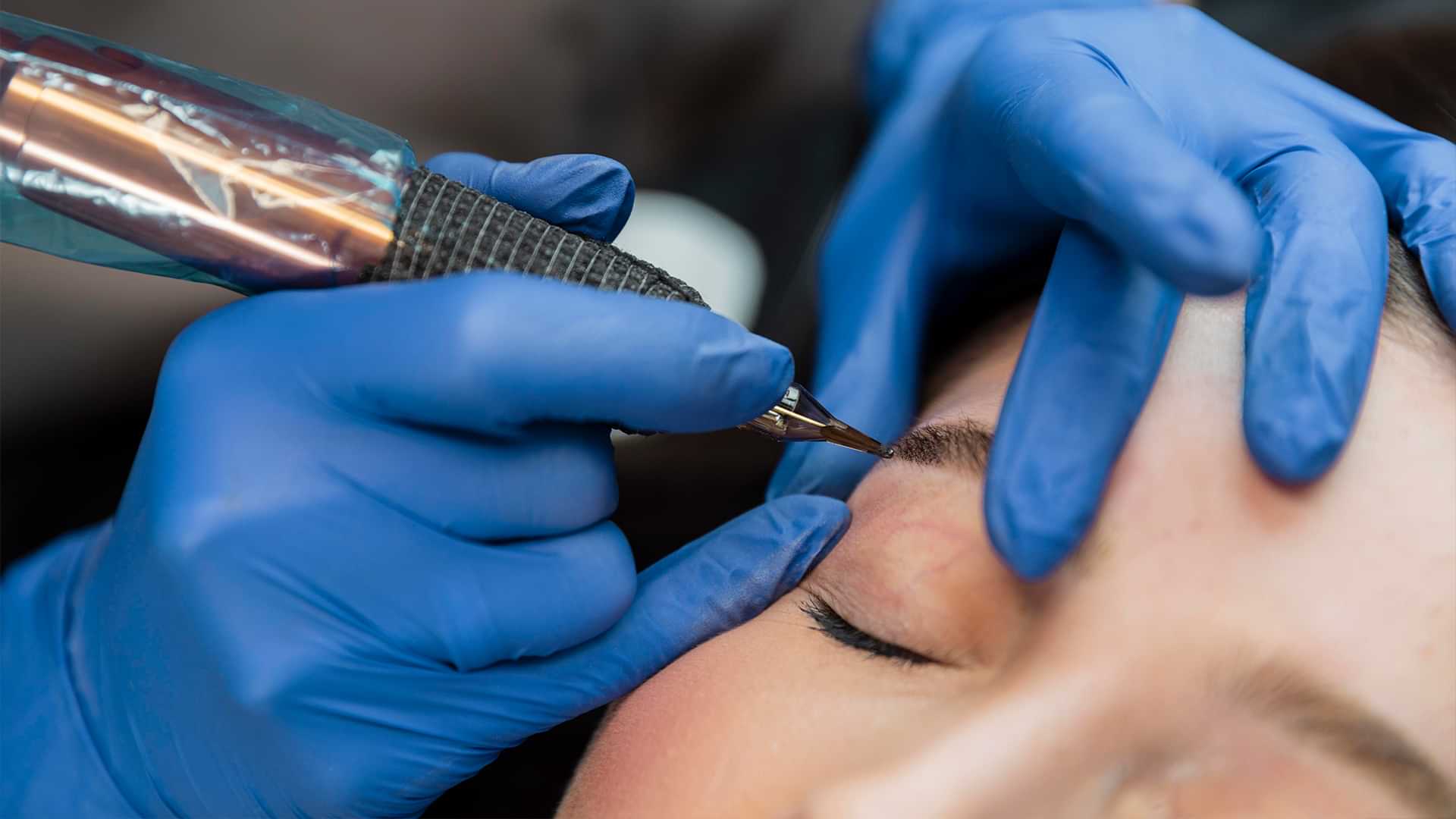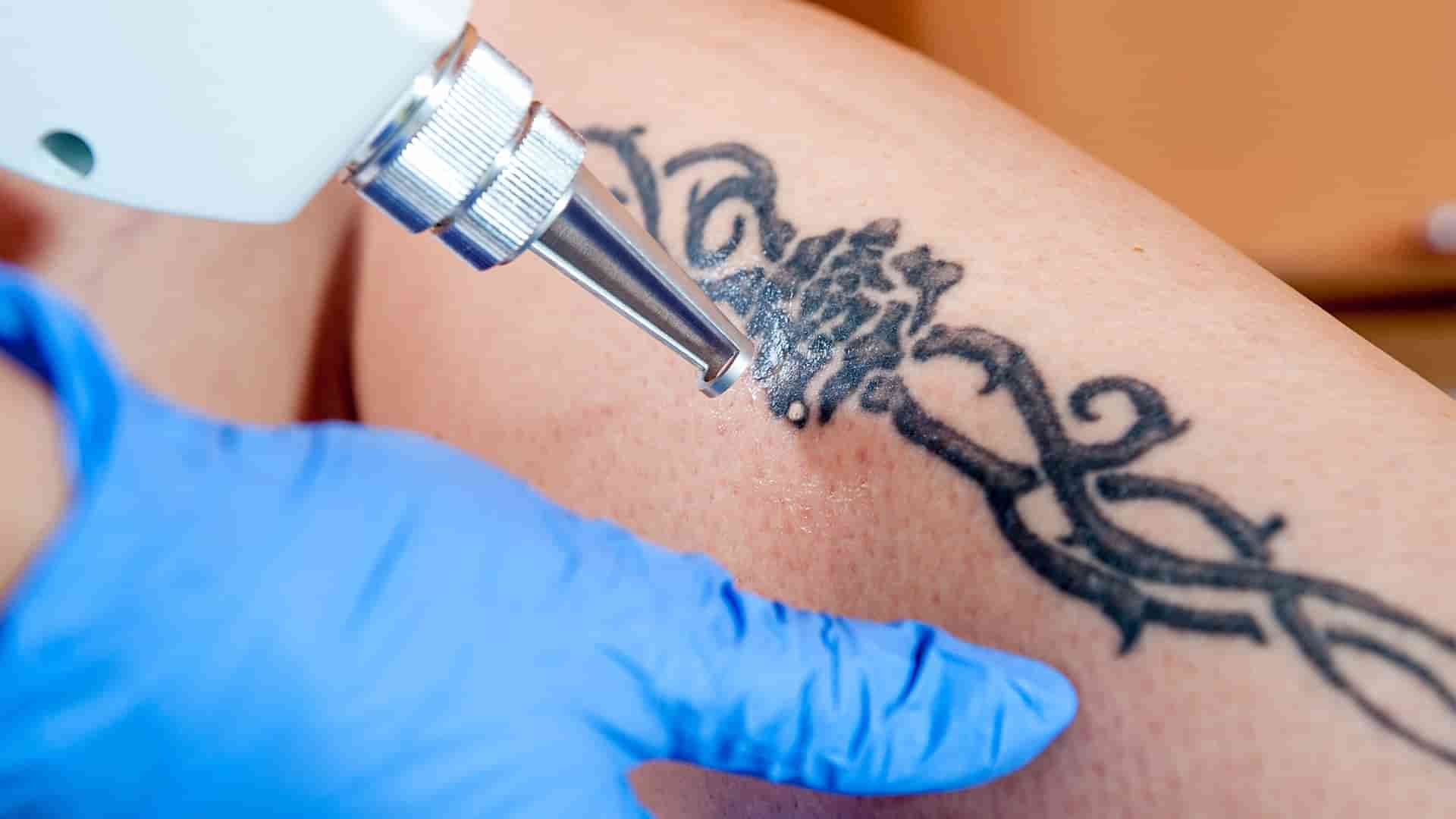Hair Grafting

Hair Grafting
Did you know that by the age of 50, up to 85% of all men may experience hair loss or thinness? According to studies, around 40% of all women will have some type of hair loss by the age of 40.
Most of us take our locks for granted until they're no longer there. Despite the fact that hair loss is normal and some people embrace their baldness, no one wants to go through it. Hair loss has a significant influence on people's lives, including their relationships, employment, and self-confidence. Many people are unaware that no matter how much hair they've lost, they have alternatives for treating, replacing, and restoring it. A hair transplant surgery is one of these alternatives.
How long do you think your hair system will last?
How long your hair system will endure is impossible to determine. Many variables influence this, including the foundation material and how you maintain your system. There are a few things you can do to help your hair system last longer:
Hot water, blow dryers, and harsh shampoos should all be avoided.
To reduce friction, use a satin pillowcase.
Don't go crazy with the goods. • Hair care products containing alcohol should be avoided.
Conditioner should be used every time you shampoo. Similarly, there are a number of variables that might hasten the deterioration of your hair system.
It's being abused.
Too harsh or too frequently brushing
When your hair is damp, brush it.
Using shampoos that are too harsh.
Too much shampooing
Allowing goods to accumulate
Pools that are too chlorinated.
Surgical hair transplantation entails removing healthy hair follicles from one location and transferring them to another where the follicles are no longer viable. A "graft" is the common name for a hair-bearing piece of skin. Grafts can be taken from any part of the body, although they are most commonly taken from the occipital scalp (the donor zone on the posterior scalp) because of their excellent long-term viability. The size and form of the graft are determined by technology, equipment, and surgical techniques. Tissue from the donor location is removed to create hair transplants. The goal is to take a little amount of hair-growing tissue from one part of the scalp and transplant it to another.
Graft Survivorship
Hair grafts must be able to withstand hair transplant surgery. Unfortunately, a number of things can obstruct this.
Dehydration: According to numerous studies, grafts may live in a dry environment for around 16 minutes before dying. It is beneficial to keep them in a liquid solution such as saline.
The temperature of the follicular units should be kept cool to avoid injury.
When follicular units are isolated from the donor zone, they are starved of oxygen, and if this occurs for an extended period of time, they will cease to function effectively.






